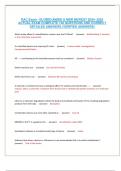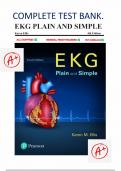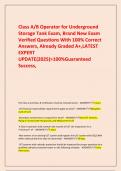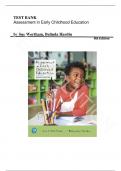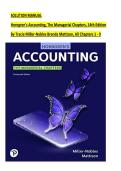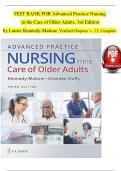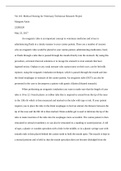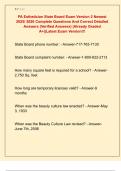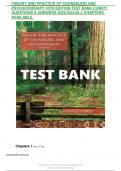Kami Medina
21970578
January 1, 2018 Medina 1
Medical Nursing for Veterinary Technicians
Veterinary technicians work as part as a healthcare team. They are supervised by veterinarians, who diagnosis disease and injury, prescribe treatments, and perform surgery on animals. Technicians then provide direct care, such as properly placing an orogastric tube in a canine patient, performing fluid administration to the feline patient via IV placement, knowing the differences between the teeth and dental prophylaxis techniques used for canines and equines, or knowing how to perform CPR to save a Labrador retriever’s life.
Orogastric intubation is the passage of a hollow tube into the mouth and through the oropharynx into the stomach to facilitate decompression of gas, removal of stomach contents, or the administration of large volumes of liquid, food, or medication (Bassert 587). This procedure can be used for preoperative stabilization of gastric dilation and volvulus (GDV) to allow evacuation of gas and fluid, resulting in an improved hemodynamic state (Tear 146). Removal of stomach contents via orogastric intubation may also help decrease the speed of gas re-
accumulation while the dog is being prepared for surgery (Tear 146). Administration of large volumes of liquid medication, such as activated charcoal after toxin ingestion or barium for gastrointestinal contrast radiography can be achieved with orogastric intubation (Bassert 587). Neonates that are not nursing on their own or are orphaned can receive nutritional support via an orogastric tube as well as “hospitalized patients that are at risk of becoming severely malnourished because they lack the desire or ability to eat” (Jack 86-87).
According to Bassert and Tear, the proper procedure for placing and removing an orogastric tube in a conscious dog is as follows: Medina 2
First, maximize cardiovascular stability before the procedure. Then, collect the
necessary supplies. Manual restraint, sedation or general anesthetic supplies with
appropriate monitors as indicated (some veterinarians prefer to ensure patent and
protected airway to minimize the potential for aspiration pneumonia through the
use of general anesthesia and a cuffed endotracheal tube when gastric lavage is
performed), flexible orogastric tubing (OGT) appropriate for the patient’s size
(the largest diameter that will reasonably fit within the patient’s esophagus and
distal end must be smooth), adhesive medical tape or dark, nontoxic marking pen, roll of 2-inch adhesive bandaging material to serve as a mouth gag,
one tube of aqueous lubricant, collection container for gastric material, trocarization materials (if GVD), at least one assistant, and, for gastric lavage, a funnel and lavage fluid (usually warm, body temperature, water). Position the dog sternal recumbency. If the patient is uncomfortable, alternate positions may be better tolerated (sitting, standing, or lateral). Placement of the patient on an elevated surface will allow gravity-assisted efflux of stomach contents and lavage fluid once the tube is in place. Choose the appropriate tube diameter for esophageal size and procedure planned (a larger tube size may be necessary for effective lavage versus gas decompression). Measure the length of the tube from the nares to the xiphoid; mark the tube with either the tape or black marker. Unroll approximately 30cm from a roll of

